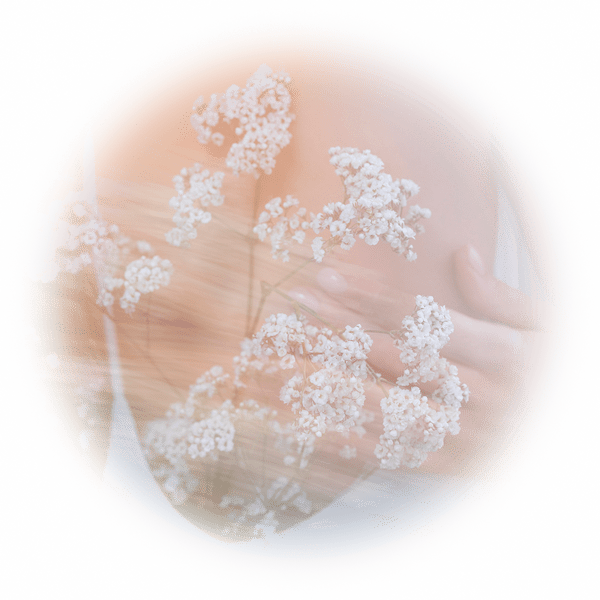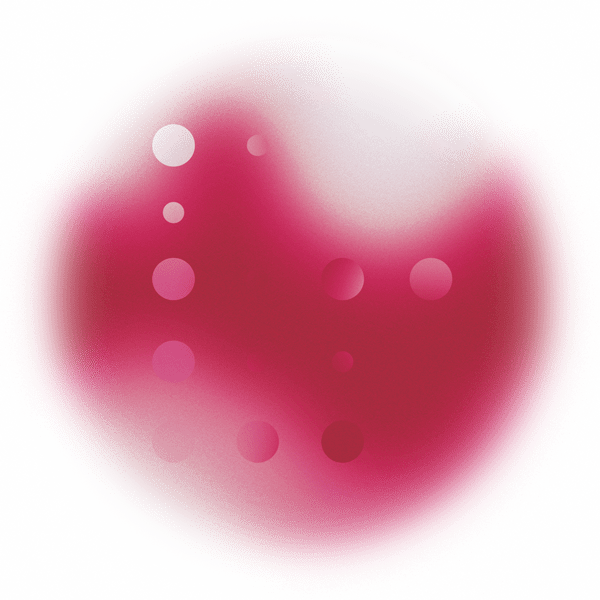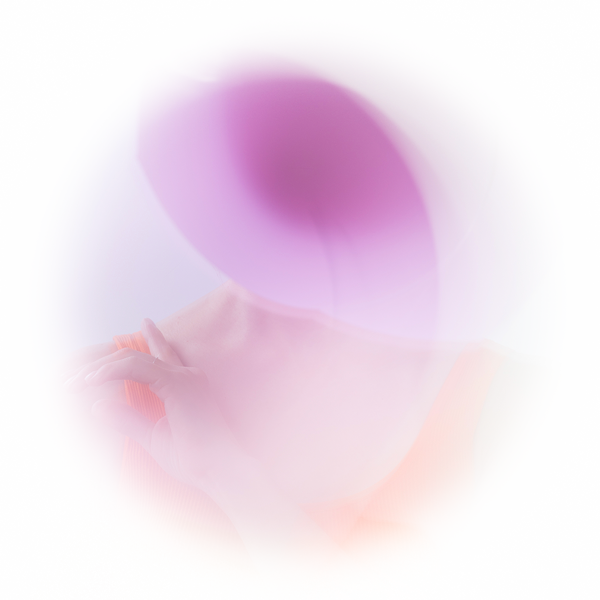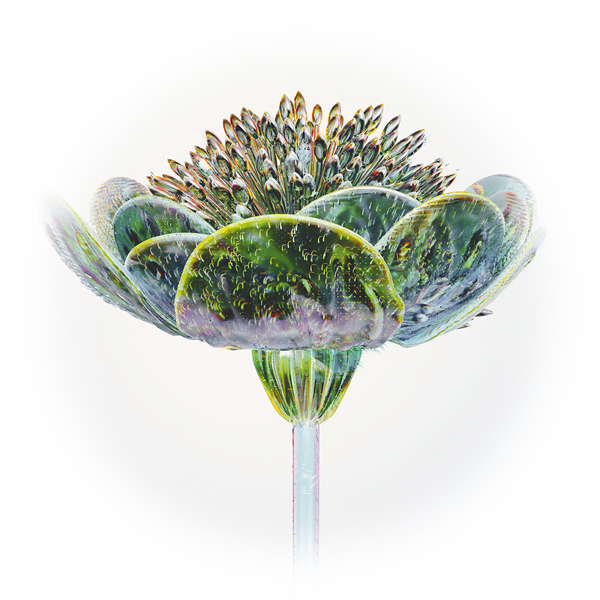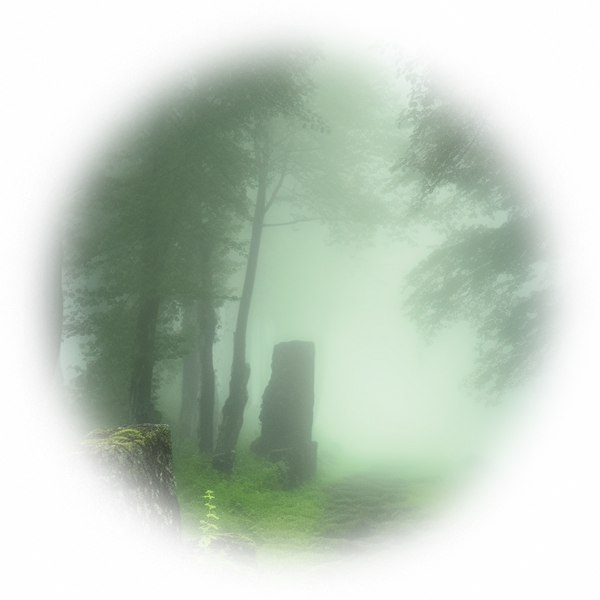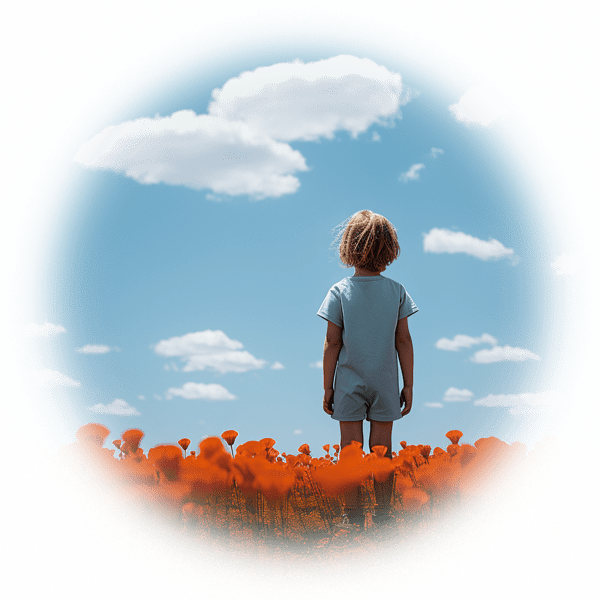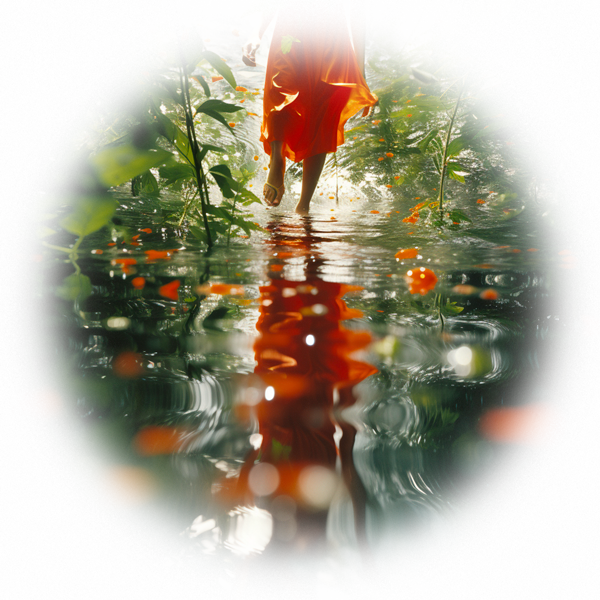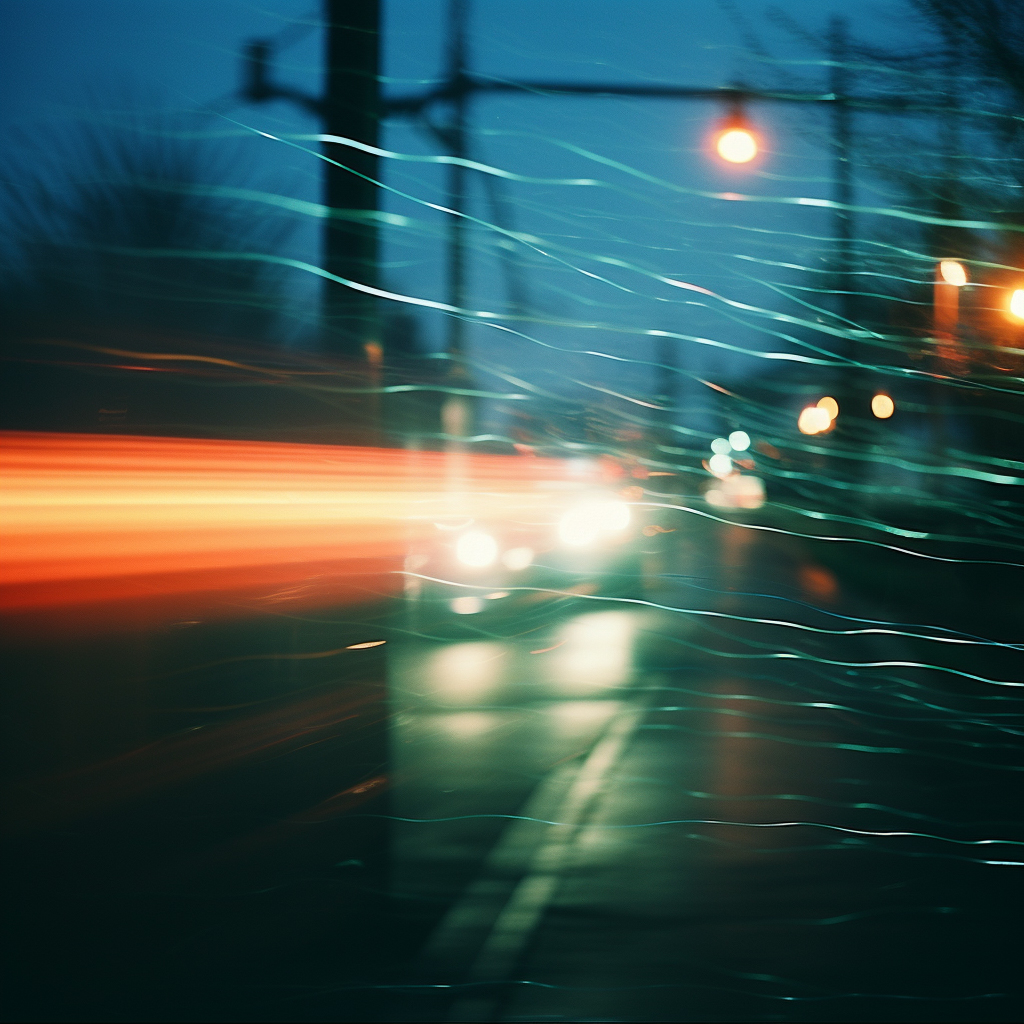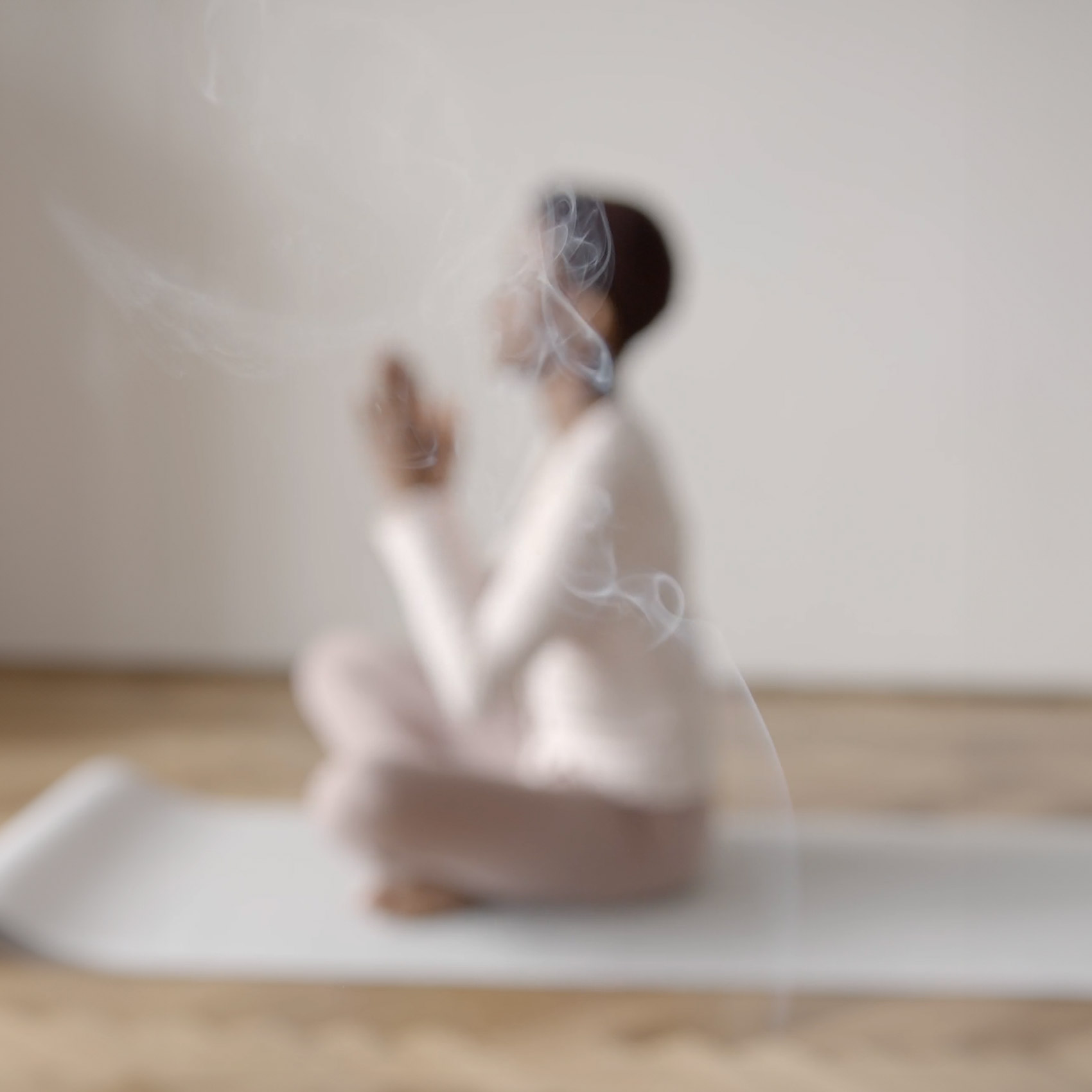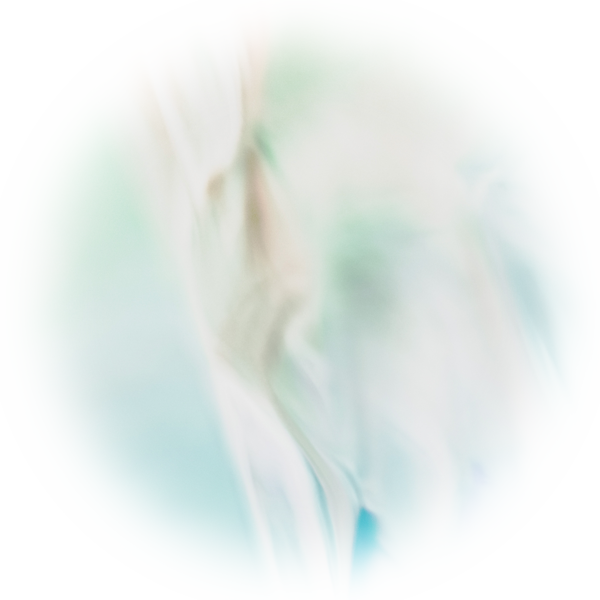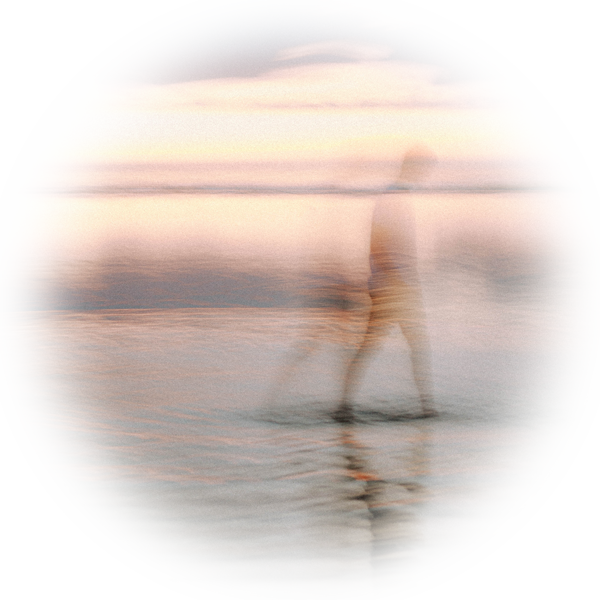Nowadays, a few art historians are seeking to understand artworks of the past by focusing on the visual evocations of scents and odorous objects. This nose-directed gaze sometimes makes it possible to detect hidden symbolisms and to bring out new interpretations. At times, simply imagining the scents that could emanate from the scenes changes our perception of the artwork. Our engagement with the paintings becomes total, more visceral. This is particularly true with many dream-inspired works which lend themselves to interesting olfactory readings.
For instance, Nightmare (1781), a famous work by Johann Heinrich Füssli, turns out to be an eminently sensory work. The painting, which offers both the image of a woman contorted under the effect of her bad dream and the representation of the creatures which haunts her, has given rise to multiple interpretations. For an artwork dealing with the disembodied universe of dreams, bodies and sensations are paradoxically very present in this painting. We can, in particular, imagine the smells going through the young woman’s nostrils. From the beast-like demon sitting on top of her could emanate crude effluvia of fur or perhaps sulfur. Many beliefs indeed attribute pestilential odors to demonic creatures. Could this also be the reason why the young woman seems to be fainting? Looking over this canvas with an acute olfactory gaze, we can also notice a small toiletry kit made up of a mirror, a round powder box and a fragrance bottle sitting on the pedestal table placed in the foreground. Could the young woman have sprayed herself with perfume before going to bed? Between seductive and unpleasant smells, ambiguity definitely hangs in the air.
Closer to us, The Dream by Henri Rousseau (1910) is just as tinged with this strange mixt of sensuality and danger bathing the atmosphere of the dream represented. A white woman, completely naked, lies languid on a couch, in the heart of a lush jungle populated with immense lotus flowers, colorful fruits and Sub-Saharan animals. Is it her dream that we see unfolding, or the dream of the man who’s painting her? The answer remains uncertain. Just like the mysterious dark-skinned figure, playing a kind of flute, who stands in this imaginary tropical forest and seems to charm its inhabitants with inaudible music. From this rich dreamy landscape probably also emanate ambivalent smells: harsh exhalations of the wild beasts, humid plant effluvia, sweet scents of fruits and heady breath of lotuses…
This heightened and manifold sensoriality could intrigue in the representations of what is akin to a pure construction of the mind. But that would be without taking into account the capacity of our brain to smell within dreams, a fact these painters have not forgotten! And thanks to a little effort of the imagination, these smells take us straight into the dreams so skillfully represented by the artists.
